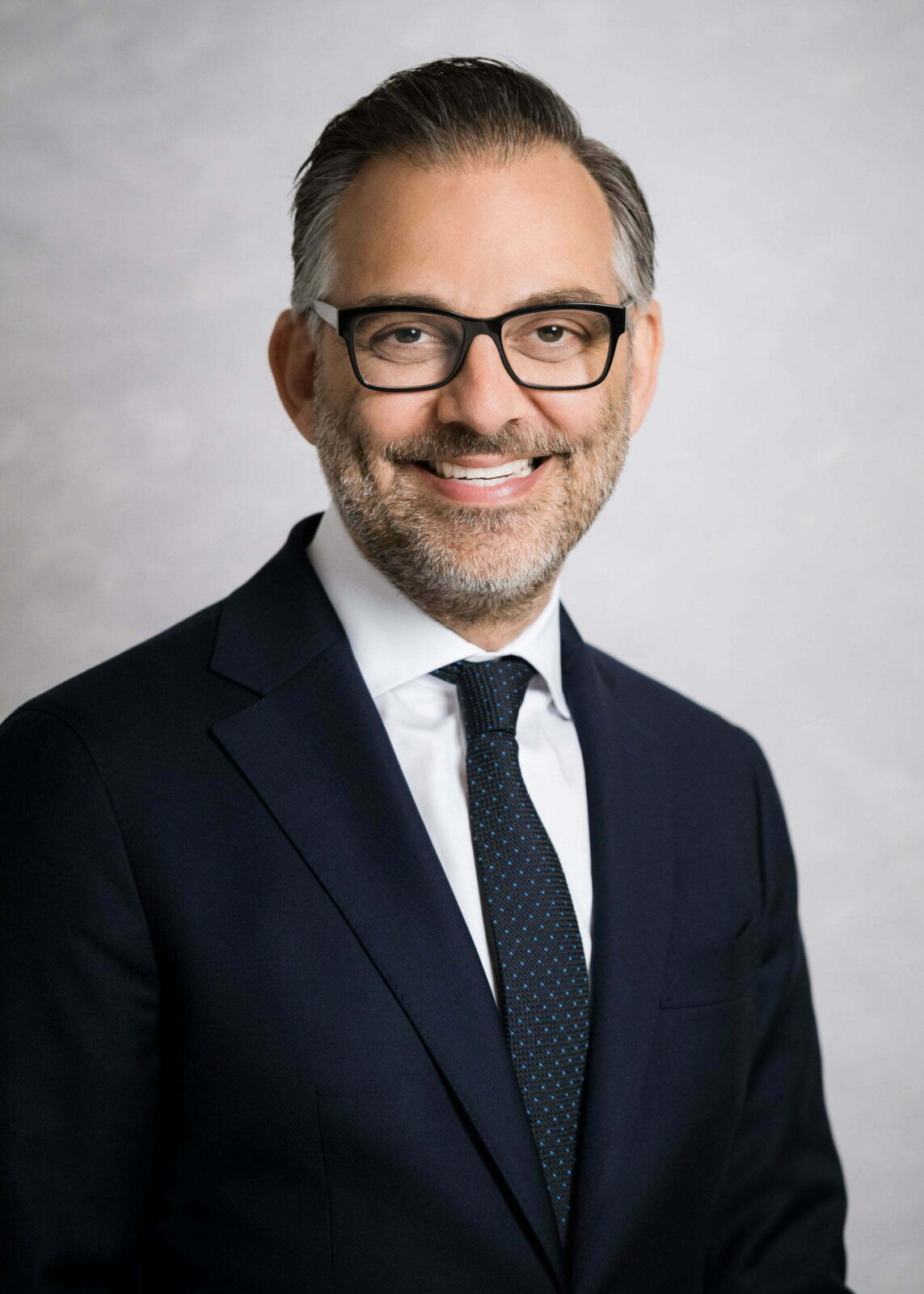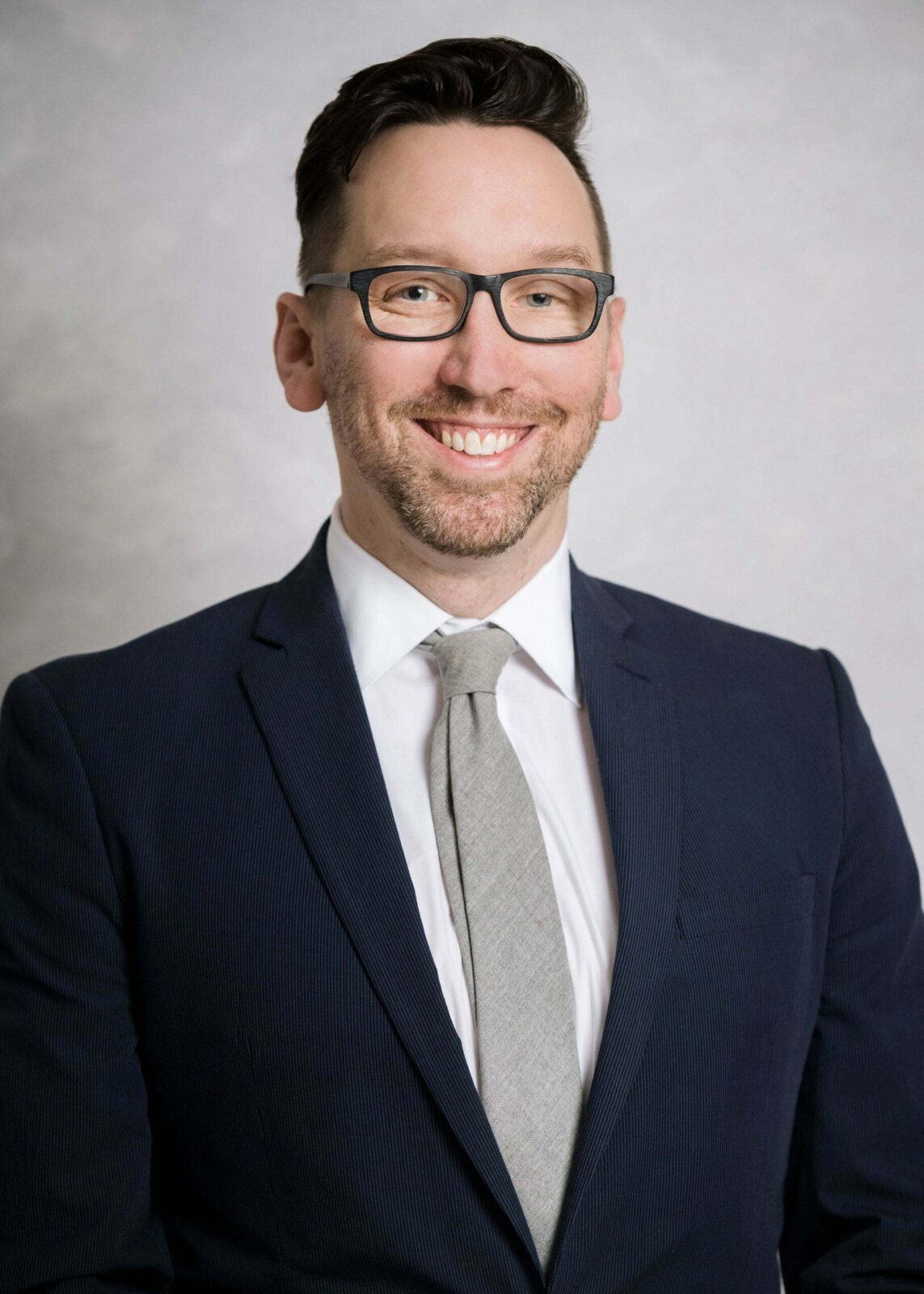Golfer’s Elbow
The Elbow Center
at Modern Orthopedics of New Jersey
Experience Top Orthopedic Care
Schedule Now
Book an appointment to meet with a Board Certified Orthopedic Physician.
Paramus
72 Route 17 North
Paramus, NJ 07652
Wayne
2025 Hamburg Turnpike
STE C, Wayne, NJ 07470
Parsippany
3799 US-46
#207, Parsippany, NJ 07054
Read About Medial Epicondylitis – Golfer’s Elbow
The humerus of the upper arm and the radius and ulna of the forearm meet to form the elbow joint. The elbow is surrounded by many different ligaments, vessels, nerves, muscles, and tendons. Several tendons can contribute to the pain experienced by a patient with golfer’s elbow. These tendons originate on the inside of the elbow on the medial epicondyle and are in charge of flexing the fingers and turning the palm up. When these tendons experience a significant amount of force and repetitive strain they can develop microtears that lead to golfer’s elbow. Golfer’s may be predisposed to developing this condition, but it is very common in many climbing athletes and baseball players as well.
Athletes that have developed golfer’s elbow will generally present with pain over the inside of the elbow. You will likely notice that the pain is worse while using the wrist and fingers in a flexed or bent position. Your pain on the inside of the elbow may be worse with lifting and gripping activities. The pain usually originates at the elbow, but may radiate down the forearm. Some patients may have associated numbness in the ring and little finger from irritation of the nearby ulnar nerve. You may have point tenderness directly on the inside of the elbow over the medial epicondyle. This tenderness is directly over the area where the affected tendons originate. Our doctors can usually diagnose golfer’s elbow with physical examination alone. On occasion, they may order an MRI to take a closer look at the tendons and surrounding structures, but usually this is not necessary. They may take an x-ray during your appointment to have a look at the elbow joint itself and rule out any abnormalities.
Initial treatment for golfer’s elbow will usually involve physical therapy and rest. Physical therapy can help stretch and strengthen the muscle attached to the affected tendon. Usually if physical therapy is prescribed, our doctors will recommend that you stick with it for at least 6 weeks to see if it actually makes an improvement. Oftentimes, patients are surprised by the improvement they have with physical therapy and they can return to their sport stronger than before. Our doctors may also recommend counterforce elbow brace to redirect and reduce the tension forces on the affected tendons. Cortisone injections are generally not recommended for golfer’s elbow. Many times the cortisone can weaken the area of the tendon that is already damaged. The patient may notice immediate relief, but will likely have the same or worse pain once the cortisone wears off. If conservative measures do not seem to alleviate your pain or you have a more severe case our doctors will discuss other treatment options.
Platelet rich plasma injections can often be helpful for athletes that suffer from golfer’s elbow. Platelet rich plasma or PRP injections involve injecting the patient’s own platelets at a high concentration into the site of the tendon injury to promote further healing. This may be done as a step prior to pursuing surgical intervention. The procedure is less invasive and can be done in the office. It may take several rounds of injections for patient’s to notice an improvement in their symptoms.
When other treatment options are unsuccessful, surgical intervention is indicated. This usually involves debridement of the contributing tendons. The tendon debridement may be done open with a small incision directly over the area or arthroscopically with a camera introduced into the elbow joint. In either case, the affected tendons are identified and devitalized or frayed tissue is removed. This will promote healing and decrease pain. You will be placed in a soft dressing postoperatively and begin elbow range of motion right away. Physical therapy may be a part of your recovery process to help ensure you return to your sport safely. Generally, athletes can return to most activities within 4-6 weeks. Our doctors will follow you closely after surgery to ensure you are healing well and making improvements. They will let you know when they think it is safe to return to full play without restrictions.
Golfer’s elbow can cause serious setbacks for any athlete. Our goal at Modern Orthopaedics is for you to return to your sport better than before. This may take time and patience, but we want you to experience a full recovery. We understand that each athlete and sport is unique and we will develop your treatment plans accordingly. We want to understand your goals and help you reach them. Please contact our office to have an initial evaluation for elbow pain and receive superior care from our doctors and staff.

Our Awarded
Specialists

Peter DeNoble, MD, FAAOS
Hand, Wrist, Shoulder & Elbow Surgeon

David Ratliff, MD, FAAOS
Hand, Wrist, Shoulder & Elbow Surgeon

Alejandro Morales-Restrepo, MD
Hand, Wrist, Shoulder & Elbow Surgeon

A Different Orthopedic Experience.
Treatment Diversity
We offer a comprehensive range of treatments, ensuring personalized, targeted plans for every patient.
Collaborative Care
Our multi-disciplinary approach involves various specialties to provide comprehensive care and recovery.
Patient Focus
We prioritize patient comfort and satisfaction, creating a supportive environment for optimal healing.
Technological Excellence
We utilize cutting-edge technology for precise diagnosis and innovative treatment options.
Skilled Experts
Our team is composed of highly skilled, experienced orthopedic professionals, providing expert care.
Post-Treatment Support
Our robust post-treatment support ensures ongoing patient care through recovery and rehabilitation services.
